Standardization and Individuation of museum display case shall be mutually reinforced.
The intangible space of museum shall be created with the display cases, walls, partition walls, and the other various scenes and the display case shall be the most important carrier of such a space.
Standardization and Individuation of display case shall be mutually reinforced.
The so-called standardization of display case means that there shall be an unified criterion on the structure, shaping, modeling, and processing procedure of display cases to highlight the connotation of the cultural relics and reflect the modern scientific achievements as standards.
The so-called individualization of display case refers to the thorough reflection of display contents, ideas, and design concept on shaping, color and decoration and becomes the unique and distinct display carrier.
Nowadays with the rapid development on science and technology, we shall adopt to the social trend to standardize the design, development and fabrication of display cases, and meanwhile, vigorously advocate the development of individualized display cases. Standardized display case shall meet the demands of individual presentation, and the individualized display case shall follow the unified processing procedure and standards. Both of them shall supplement each other and get mutually reinforced.
No matter the upgraded nanmu display cases nor the brand new metal ones, the exhibition and presentation of both of them at the new gallery of National Museum can embody the standardization features of modern industrialization. Take the upgrading project of nanmu display case as an example. For the opening access, it shall be pull, slide and pivot.
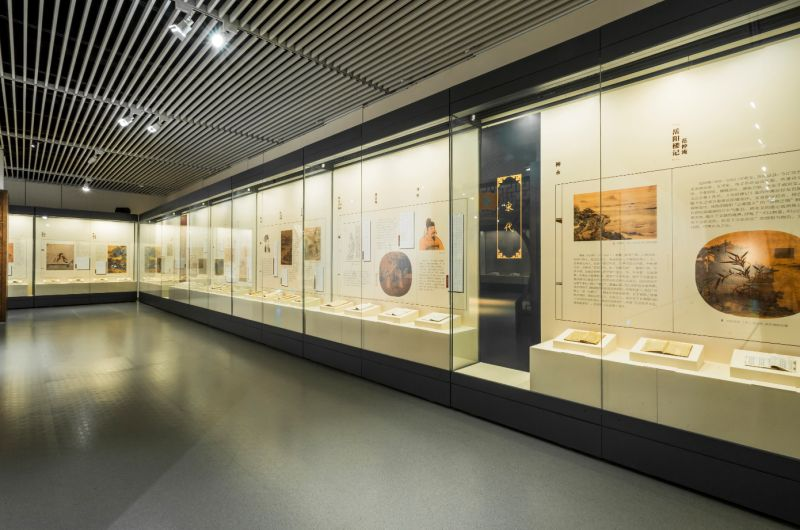
A case study of brand new metal display case shows that the illuminance shall be no less than 350Lux, and the color temperature shall be kept between 2500K and 3500K. The illuminance shall be adjustable.
Covered with fire retardant eco-friendly fabric, the backboard and display panel shall be movable and replaceable to hang or support the cultural relics and exhibits, which may not cause any loss, damage or influence on the structure of display cases. All the joints and junctions shall be tightly sealed to minimize the influence from the outside.
The locking system for display cases shall be specialized and professional to be safe, strong, solid, simple and easy to handle. All the connections and joints shall be well filled with silicone gel, sealing strips and gaskets.
Some more space for the adjustment, measurement, addition, maintenance and upgrading of the air purifier and safety facilities shall be reserved. All these details reflect the modern industrialization of museum display cases in the design and application.
The individualization of display cases at the National Museum was reflected in the individualized presentation and preservation of the cultural relics and exhibits. Let’s take the display cases of Kangxi Painting and Qianlong Painting as an example. The size shall be 3 meters in length, 0.7 meters in width, and 5 meters in height, huge and heavy. In order to eliminate the unsafe factors of manual opening access, we adopt the automatic opening one to make it better.
For a case study of Qianlong South Tour Painting, there are 2 lighting systems in the display case. One group of lights shall be fixed, and the other shall be vertically adjustable. The control area of adjustable LED lighting system and vertically lifting shade shall be within 1.2 meters. The panels shall be magnetic and the exhibits shall be kept in position steadily and reliably. Such an individualized presentation ensures the specific display effect of cultural relics. Secondly, the individualization of display cases at National Museum also embodies the unique understanding and pursuit on the sense of beauty of modern craftsmanship. As we mentioned before, the nanmu display cases can’t meet the requirements of permanent exhibition in quantity, subjectivity and diversity, esp. the basic requirements for Ancient China exhibitions. Now it becomes such an important project on how to highlight the features of secret treasures and collections at National Museum and the individualization of exhibition concept.

With the thorough understanding and prudent decision, we try to symbolize the broad and profound Chinese civilization with steady color, and highlight the design concept of display case with the concise and regular styling to embody the simple, upright, elegant and graceful aesthetic pursuit.
Among all the Chinese museums at present, either the luxury model or the minimalism model of display case owns their own market. It is said that the styling and decoration of display cases shall play an irreplaceable role in the creation and presentation of artistic atmosphere. The designers shall have a higher pursuit.
It is assumed that the most ideal display case shall be ordinary looking in appearance, materials, and color. Actually, these two kinds of design concepts shall be the various demonstration of individualization. Since we recognize that the display cases play a critical role in the presentation of exhibits, creation of space and artistic atmosphere, why don’t we take the advantage of them? The exaggerated individualized display cases may not influence the presentation and divert attention from the audience.
We personally believe that both of them with their subtle features shall be popular and accepted by the people. They will become the top carriers to reflect the culture of museum. With the rapid development of museum construction in China, we vigorously advocate the standardized individualization in the design and fabrication of display cases to avoid the similarities to some extent.
Last New

Museum Showcase Excellence: How Relicase Brought Ancient Shu Treasures to 300,000+ Visitors
Over 300,000 Visitors!Ancient Treasures of Shu Shine in Hengqin: The Mystique of Sanxingdui and Jinsha Captivates Audiences The special exhibition Ancient Treasures of Shu: Sanxingdui and Jinsha attracted more than 300,000 visitors, including nearly 60,000 from Hong Kong, Macau, and Taiwan, making up almost 20% of the total audience. On April 24, the three-month exhibition…
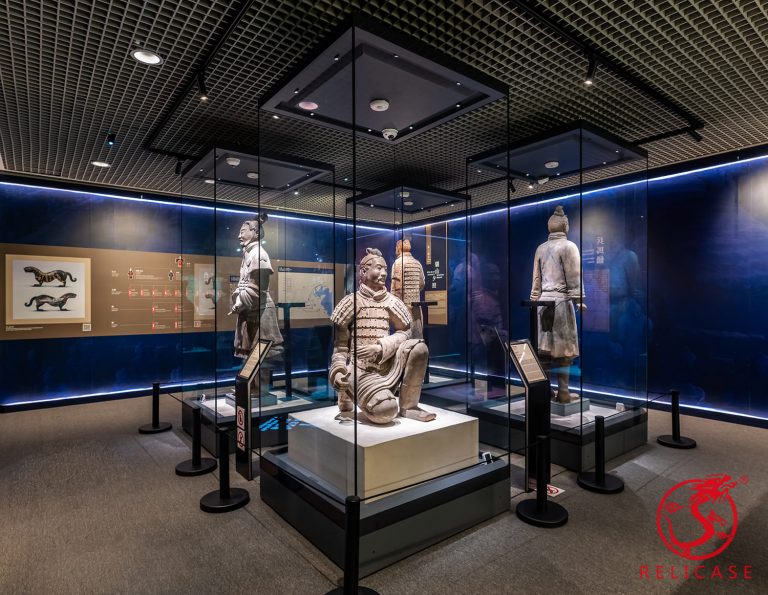
Relicase at Macau Museum: Safeguarding Heritage, Celebrating Legacy
Macau Museum: “Edification of the Masses — Cultural Treasures from the Zhou, Qin, Han, and Tang Dynasties” A Landmark Embraces Innovation The Macau Museum stands proudly atop the historic Mount Fortress, next to the famous Ruins of St. Paul’s. As an iconic symbol of Macau’s history and multicultural heritage, it now embraces the touch of…
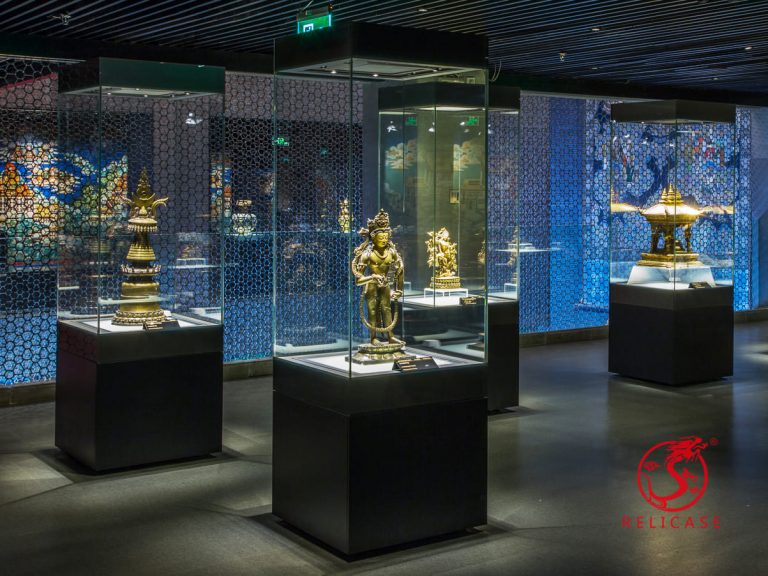
Potala Palace
Abstract On April 26, 2017, Relicase completed the showcase project for the Treasure Hall of the Potala Palace in Tibet. The Collections Hall spans three floors and is divided into two major sections, showcasing a total of 273 individual artifacts and replicas, as well as 155 sets of artifacts (or 159 sets, including 147 sets…
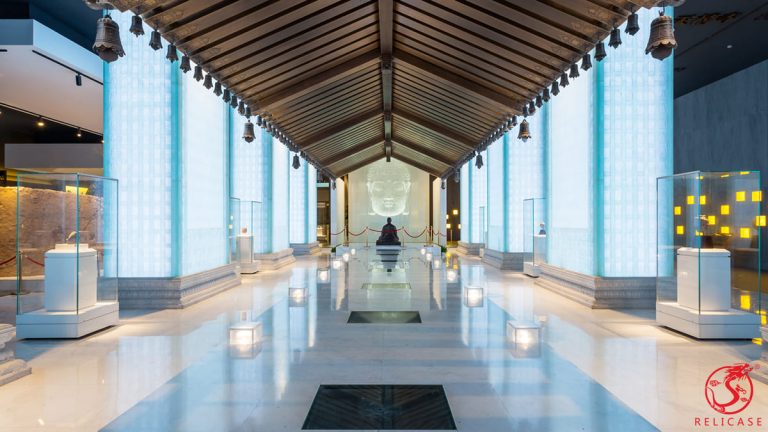
Porcelain Tower of Nanjing
Abstract The Porcelain Tower of Nanjing, named and constructed by Emperor Yongle of the Ming Dynasty to honor his parents’ boundless love and virtue, stands as a symbol of filial piety. Celebrated in Du Mu’s poetic lines, “Four hundred and eighty temples of the Southern Dynasties, how many pavilions linger in the mist and rain,”…
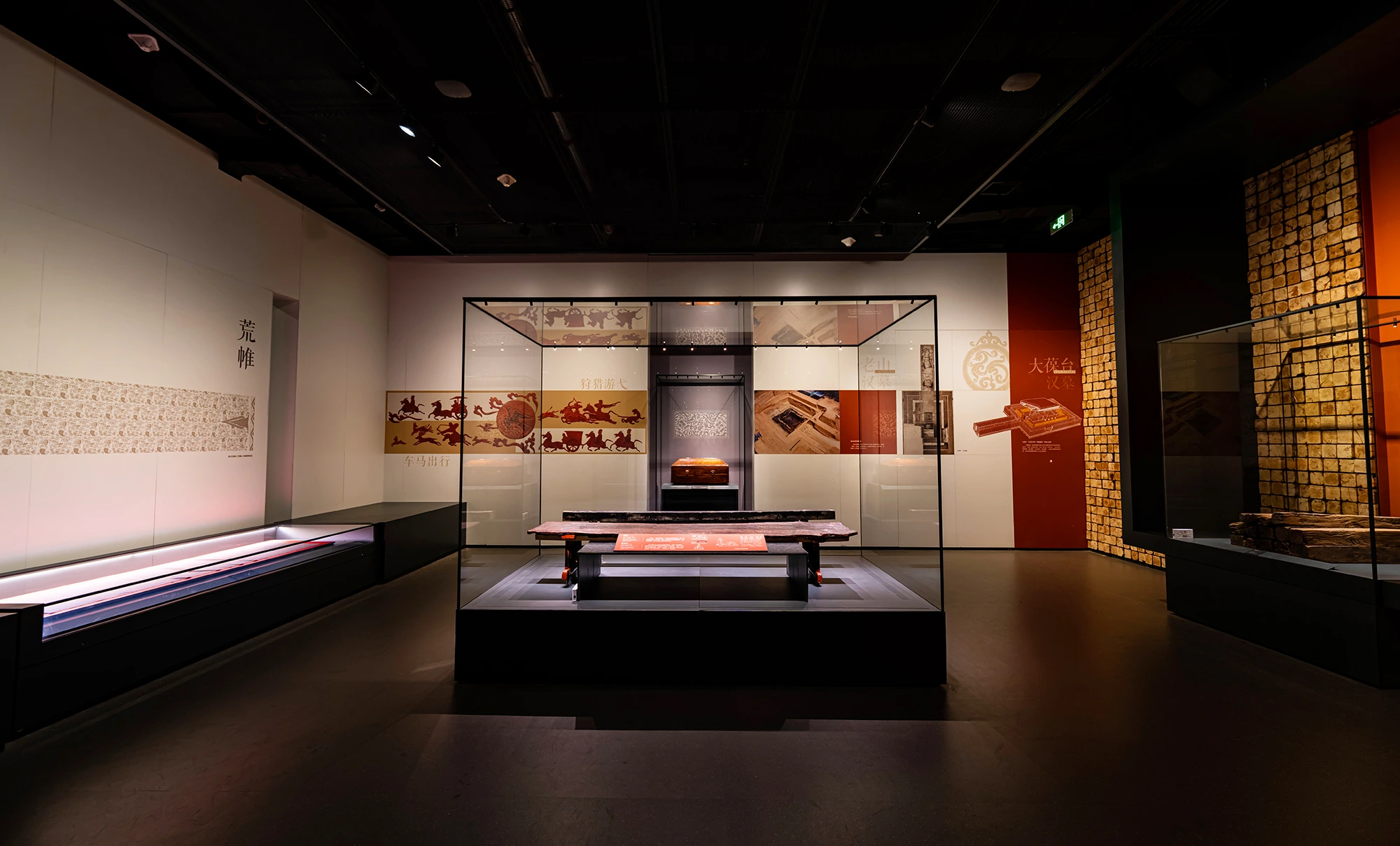
The basic guide to Museum Showcase Glass
As museums continue to modernize, the glass used in display cases has undergone a remarkable transformation to meet ever-evolving requirements for safety, visibility, and artifact preservation. The shift from basic transparent materials to specialized, high-performance glass highlights the strides made in exhibition technology. The Journey of Museum Showcase Glass Historically, glass in museum showcases was…

How to Design Lighting for Museum Display Cases
Museum display cases are freestanding, touchable structures. To comply with engineering safety standards, the lighting inside these cases should operate on low-voltage input. Relicase, in line with national standards, ensures the display cases they manufacture meet the following specifications: 1. Protective or isolating measures must be in place between the lighting fixtures and the display…
